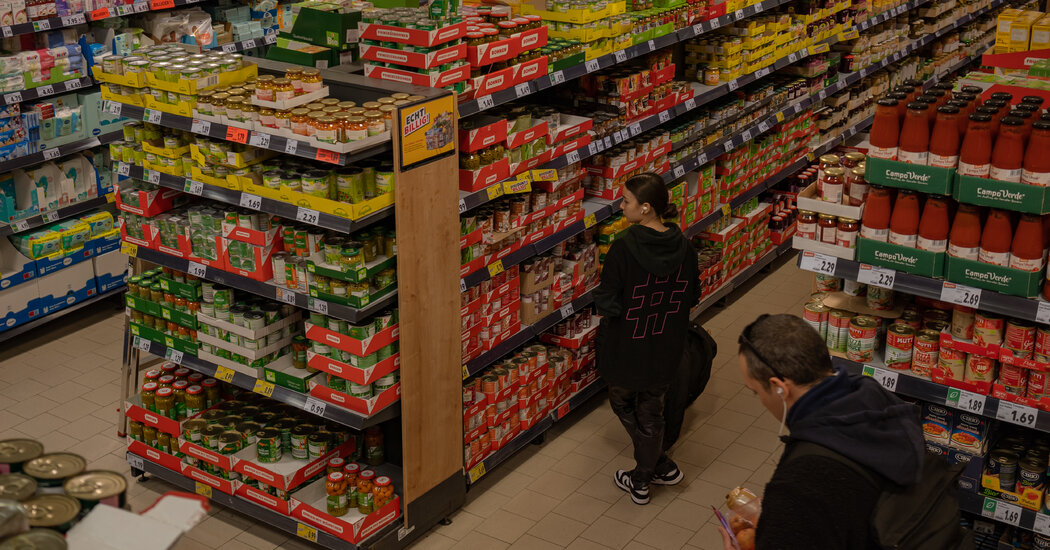Why it matters: The goal is to control inflation while avoiding a recession.
The gap between the overall inflation rate and underlying core inflation reflects the volatility of Russia’s invasion of Ukraine, which drove energy prices to record levels last year and was the main factor behind high food prices this year. It poses a challenge to policymakers who want to control prices without stifling growth.
The International Monetary Fund recently said that taming inflation and avoiding a recession is Europe’s biggest challenge in the coming months as the continent continues to process the impact of the war in Ukraine on its economy.
Country by country: Rates remained high in the Baltic States, but fell in Germany.
In the countries that use the euro, inflation rates varied. The Baltic countries as well as Slovakia and Slovenia experienced double-digit price increases. Some of the larger economies with lower rates are facing pressure from workers seeking pay raises to keep up with the rising cost of living.
In Germany, Europe’s largest economy, inflation fell from 7.8 percent in March to 7.6 percent. Food prices remained stubbornly high, while government intervention to curb inflated energy costs began to take hold.
German public sector workers have struck a deal to give 2.5 million workers a 5.5 percent pay rise from next year. That deal is expected to set a precedent for other wage negotiations and could threaten the European Central Bank’s forecast that eurozone wage growth will peak this year.
In France, which has been ravaged for months by waves of strikes over the government’s decision to raise the retirement age, inflation rose slightly in April, from 6.7 percent in March to 6.9 percent, driven mainly by energy and also by the price of services. climb a little.
In Spain, prices rose to 3.8 percent in April, up from 3.1 percent in the previous month as food costs rose, even as energy prices, which had hit record highs last year, continued to fall.
What’s Next: A decision by the European Central Bank.
The inflation data will influence the European Central Bank’s decision on whether or not to raise interest rates further in an effort to curb inflation. The bank’s Board of Directors meets on Thursday and most analysts estimate it will vote to raise interest rates by a quarter or half a percent. The bank raised its deposit rate to 3 percent last month, the highest since October 2008.

